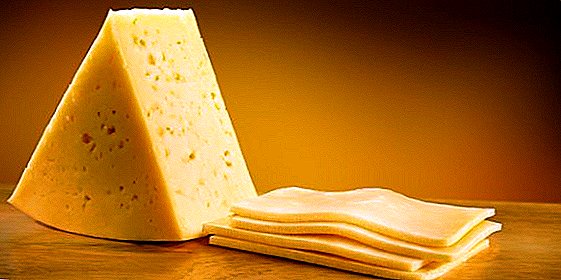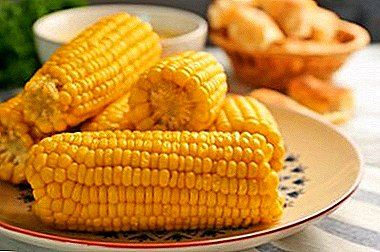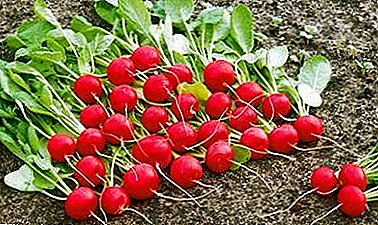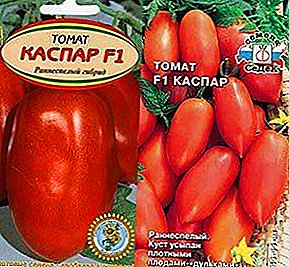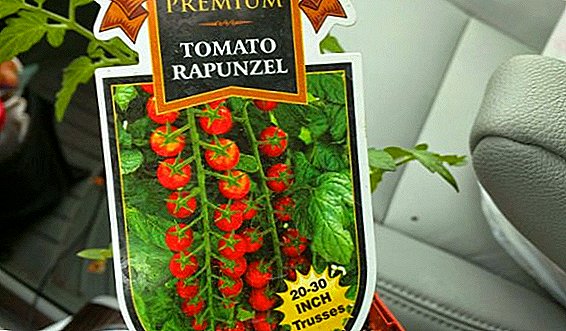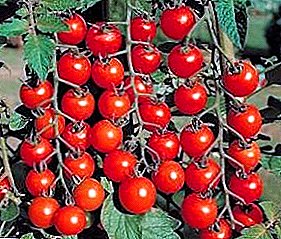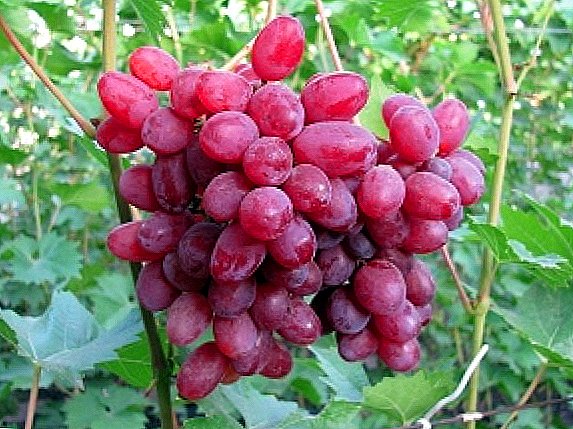 Wisteria or wisteria - it is a tall, treelike, climbing plant of the legume family. It grows in the southern regions, where it feels comfortable, gives abundant color and winters without shelter.
Wisteria or wisteria - it is a tall, treelike, climbing plant of the legume family. It grows in the southern regions, where it feels comfortable, gives abundant color and winters without shelter.
Wisteria has large, pinnate leaves that first have an edge and then become smooth. The flowers of the plant are light purple, rarely white. Appear on hanging loose brushes up to 30 cm in length.
Wisteria blooms in the spring, and throughout the summer retains separate blooming buds. This makes it a popular instance for use in landscape design.
Wisteria needs good conditions. She needs a bright sun and fertile soil. For it, you need to equip strong supports, as the wisteria grows well over time and occupies a large area.
Wisteria-Liana blooms when the leaves have not yet appeared. They appear when the plant is already blooming.
Important! Beautiful flowers of wisteria are not suitable for cutting, as they quickly fade. The beauty of flowering plants can only be enjoyed in its natural form.
Fruits of wisteria are pubescent bean pods. Their length is up to 15 cm, inside there are several flat-rounded seeds.
Popular varieties of wisteria, common in our latitudes.
Wisteria Chinese
In mountain forests at an altitude of 500-1800 meters above sea level in the central and eastern part of China, Chinese wisteria grows. It is also found in Japan, and came to Europe in 1816.
The plant is a woody vines with a height of 15-25 meters, the stems at the base have a diameter of 25-40 cm and twist counterclockwise, the bark is dark gray.
Wisteria Chinese blooms in April and May. Possible re-bloom in August and September. Brush-shaped inflorescences appear, which consist of a variety of bluish-purple or white flowers with a faint fragrance.
Flowers bloom at the same time. Their length is 2-5 cm, have five petals. Inflorescences appear on the tops of branches or in the axils of the leaves of two-year shoots.
Wisteria of any kind is light-requiring and demanding on soil: it likes deep fertile, moist soils. It is a frost-resistant variety that will survive short-term drops in temperature to -20 degrees. Chinese Wisteria is quite comfortable in urban environments, so it is widely used in landscaping.
There are two garden forms of the form:
- white (alba) - white flowers;
- Terry (plena) - terry flowers.
Did you know? Wisteria can be propagated by seed, but varietal characteristics are not transmitted. Also, plants grown from seed plants are not abundant, late flowering. Therefore, it is better to propagate wisteria cuttings and layering.
Wisteria blooming
Not every wisteria is grown in gardens. But among the garden varieties listed wisteria blooming. It reaches a height of 10 meters, which is significantly less than the Chinese wisteria.
Leaves of flowering wisteria or floribunda large (up to 40 cm), complex - they collected up to 19 leaves. The flowers are small, purple-blue. Blossoms 2-3 weeks later Chinese wisteria. Flowers bloom gradually.
Wisteria blooming frost-resistant. Withstands up to -23 °.
In terms of decorativeness surpasses Chinese wisteria. It is used in landscaping due to the abundance of beautiful leaves, colorful flowering. Inflorescences reach 60 cm in length. The fruits look spectacular.
Decorative forms of wisteria floriferous:
- white (alba) - with white flowers;
- pink (rosea) - pale pink flowers;
- purple terry (violaceo-plena) - purple terry flowers;
- coarse (macrobotrys) - brush up to 1.5 m in length, leaflets up to 10 cm;
- variegated (variegata) - has variegated leaves.
Beautiful wisteria
Beautiful wisteria originally from Japan. Liana reaches a height of 10 meters, has pubescent shoots. The leaves are complex, 10 cm long. They are densely pubescent on both sides. 
The flowers are white plants. Gather in a brush with a length of up to 15-20 cm. Begins to bloom in May and June. There are forms of beautiful wisteria with double white and purple flowers.
The fruits ripen in November and are 20-centimeter beans with a velvet edge.
Wisteria is excellent for growing in pots.
Japanese Wisteria
Japanese Wisteria originally from Japan. This liana with white flowers, it is not as decorative as other species.

Important! Chinese Wisteria begins to bloom at the age of three years, Japanese wisteria - at the age of ten years. This plant is for those who wait.
This grade of wisteria is less frost resistant.
Shrub wisteria
Native to North America shrubby wisteria. This liana, reaching three meters in height, has drooping branches. Flowers violet-blue, medium-sized. Inflorescences wisteria shrub reach 15 cm in length. 
This beautiful plant is less common than other varieties. Wisteria shrub grows slowly. It can be grown in tubs.
Wisteria Coarse
Wisteria Coarse is a close type of wisteria shrub. She also hails from North America. Possesses longer buds - up to 1.5 meters. The plant is positioned as frost-resistant, but sometimes freezes. 
Did you know? Wisteria grown in tubs in the fall should be brought into rooms where the temperature does not fall below 8-10 degrees. Humidity is 65-75%, the lighting should be bright. Watering in winter, the plant needs very little. In March, pruning is done to form the crown.
By planting one of these types of wisteria in front of the entrance to the house or on the terrace, you can enjoy the magnificence of flowers and their fragrance. Also wisteria decorate garden arbors, drape bare walls.


